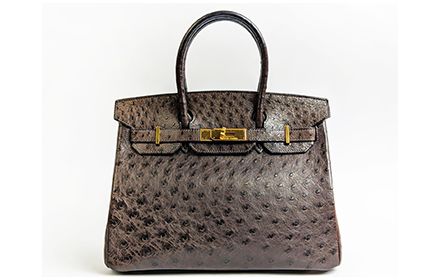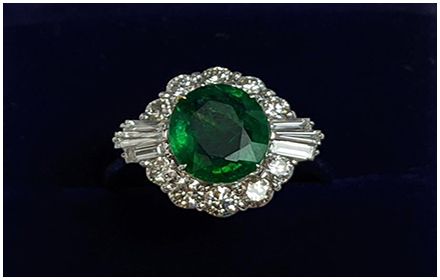War and art seem idealistically to be so diametrically opposed. The artist and the soldier we would assume always to be of differing aesthetics.
Though War and its ideals, opposing sides can draw in even those of the most sensitive artistic nature, and found the experience influential either as propagandist, illustrator or protestor.
In the first world war artists such as Franz Marc, John Nash, Egon Schiele, August Macke, Eric Ravillous and Henri Gaudier Brzeska found only death on the battlefield, others such as Christopher Wynne Nevison returned from war with a lifetime of inspiration and others such as John Nash found an escape in art detached from the horrors of war.
The American Civil War crafted such an artist in James Hope.
James Hope was born in Scotland in 1818 and as a child with his father emigrated to Canada.
After his father’s death in 1831 Hope walked from Canada to Fairhaven, Vermont to begin a apprenticeship as a wheelwright, but with time on his hands after an injury prevented him from working, he developed a self taught skill for portraiture and left behind his previous apprenticeship for a career as a professional artist, firstly as a portraitist then a landscape painter, coming under the influence of Frederick Church, a central figure of the Hudson River School.
At the commencement of the American Civil War James Hope joined the Union forces as a Captain and saw action in eleven battles. Through this time as an artist he made an invaluable record of the war and the enaction of contemporary military campaigns with a series of paintings, many of which were produced mid battle. He fought at and recorded the bloodiest single day in American history, the Battle of Antietam in 1862. At his retirement from the army Hope began painting his masterpiece of five murals depicting the battle. These can now be viewed at the Antietam Battle field park centre. He also returned to painting the beautiful landscapse of Vermont and through his friendship with fellow Hudson River artist Alfred Bierstedt, he acquired photographs and sketches of Jerusalem by Bierstedts’ brother Edward, from these it is known he made a number of studies. Lot 55 in our Fine Interiors auction of is attributed to James Hope, the work shows his individual style of painting and treatment of perspective. Here is depicted a city, then at peace, by an artist marked by war.




